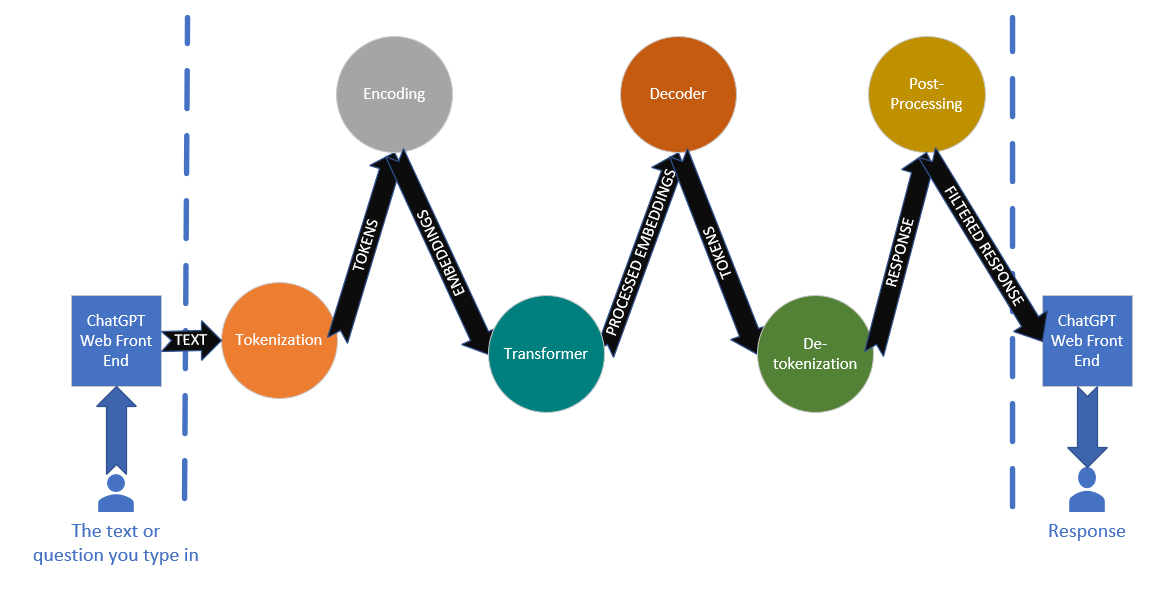

Volume 96
Published on November 2025Volume title: Proceedings of ICADSS 2025 Symposium: Consciousness and Cognition in Language Acquisition and Literary Interpretation

The current controversy surrounding the definition of AI hallucinations in the field of artificial intelligence research reveals the inherent limitations of an engineering-centered perspective. Based on the German theory of Kulturtechnik and through a retrospective analysis of media history, this paper argues that AI hallucinations are not merely technical flaws, but cultural practices that continue the developmental logic of earlier media such as writing and printing. Whether it was the telescope challenging the interpretive authority of theology, or the printing press shaping cognitive power, technological innovations have consistently structured cultural power by defining the boundaries of “reality,” with human anxieties over the erosion of cognitive privilege deeply embedded throughout. As a product of cognitive augmentation in digital media, AI hallucinations, by rewriting the limits of “reality,” constitute a dynamic frontier in the evolution of knowledge forms within human–machine symbiotic civilization. This paper advocates abandoning the binary corrective approach that treats hallucinations solely as technical errors, embracing instead a “new reality” under probabilistic distributions, and reflecting on the emergent ethical relationships of human–machine co-symbiosis and co-evolution.

 View pdf
View pdf



The Soviet Union limited the creation of musical pieces by composers during Stalin’s reign. The state gradually strengthened the degree of ideological control from the 1930s to the 1940s, forcing composers to create music works that enhanced the Soviet ideologies and followed the Socialist Realist style. This paper focuses on Dmitri Shostakovich’s works and his music career under Stalinist rule, aiming to evaluate how his works and his attitude towards state control were affected. By using his oratorio Song of the Forests as a case study, this paper examines the extent to which this oratorio is a genuine artistic expression of Shostakovich or represents his conformity to the strict doctrine. The musical score of this oratorio reveals several features that align with Socialist Realist expectations. Considering the historical context of the increasing severity of censorship, this paper argues that this oratorio implied Shostakovich’s adaptation to state control, functioning more as a survival strategy rather than an artwork. This investigation displays the effects of censorship on cultural diversity and artistic freedom, as well as reflecting the difficulty of maintaining individual expression under state oppression.

 View pdf
View pdf




